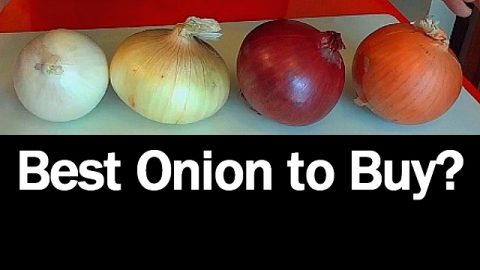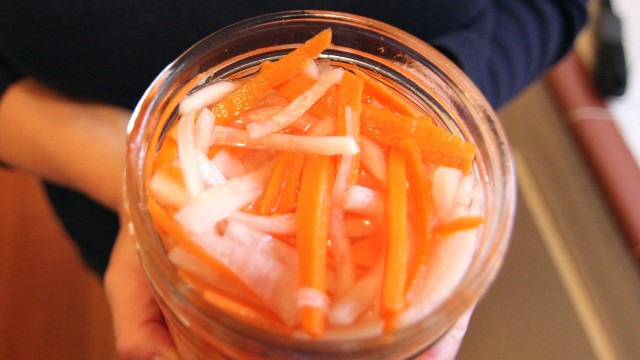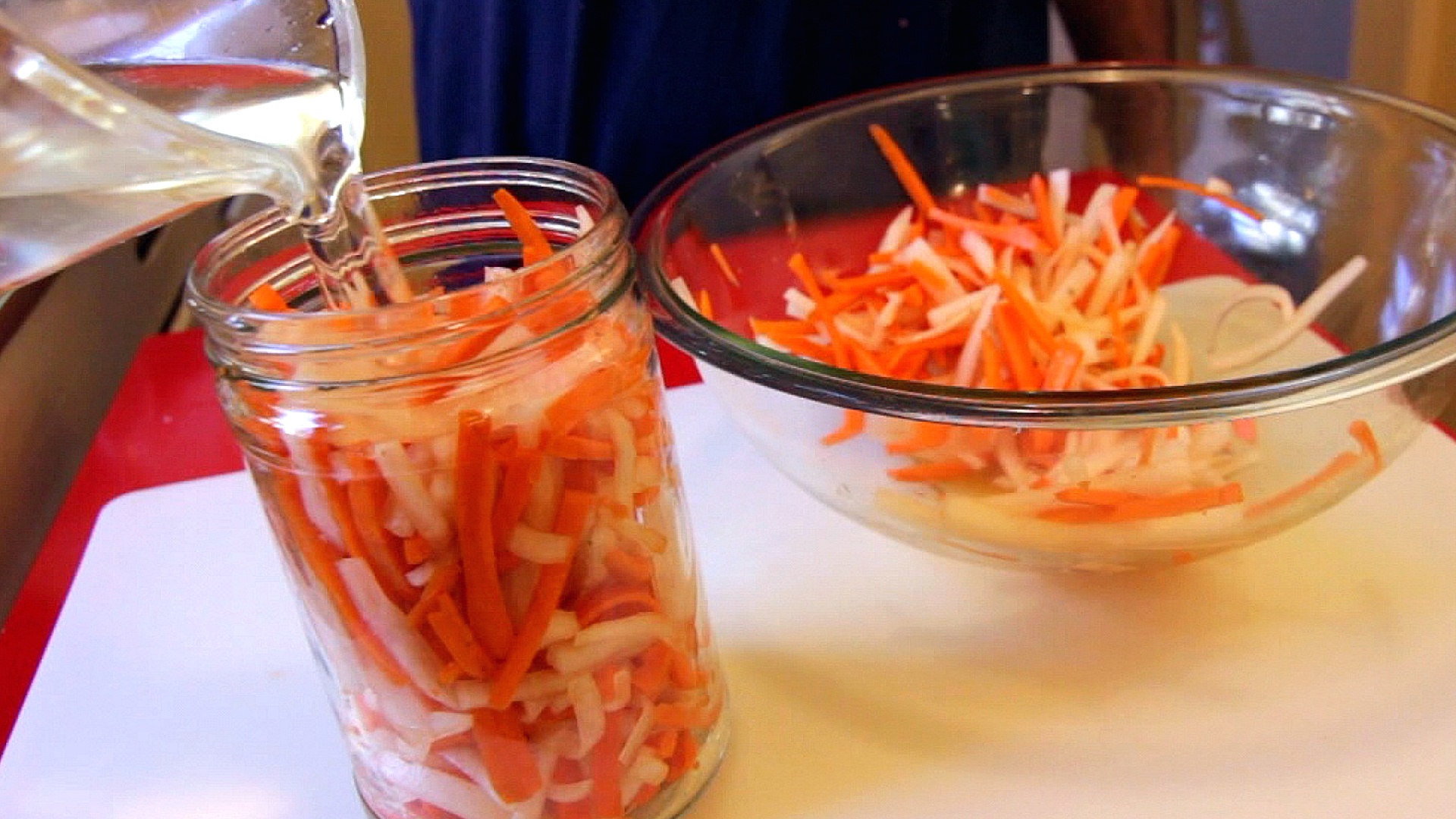Different onions have different uses. What is the difference between types of onion? Bulb onions, like red, white, sweet, and yellow onions are similar, but have their own individual traits. All onions can be eaten raw, or cooked, but some are better suited for specific culinary uses.
Yellow Onions:
Strongest flavor
Great for soups, stews, roasting, and sauces
Best for long cooking times.
Most popular onion (more than 80% of onions grown are yellow onions…so often economically the best buy)
High in sulphur and sugar content, so best for caramelizing
Also called brown onion
Sweet Onions:
Strong flavor
Great for roasting dishes, frying (onion rings!)
Are generally named for the region they are grown.
Examples include the Vidalia, the Walla Walla, and Bermuda onion.
They are high in sugar, but contain less sulphur than yellow onion.
Good for caramelizing and cooking.
They have a high water content and a relatively shorter shelf-life.
To extend the onion, wrap in a paper towel and store in the refrigerator
Red Onion:
Milder flavor
Best onion for raw applications
Excellent for slicing thin and adding to salads or sandwiches
Great for pickling
Best for Grilling
Lower sugar and sulphur makes them poor for caramelizing
White Onion:
Strong flavor
Great for cooking, and raw uses
Thinner onion layers, crisp
Favored onion for salsas, chutneys, guacamole, and most Latin recipes
Best pizza topping
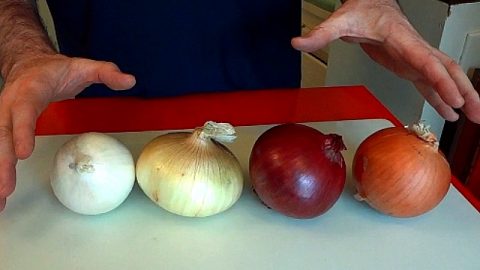
When buying, choose an onion that is firm, and heavy for its size. Avoid ones that are bruised or showing signs of mold. Store in a well ventilated, dry, cool area. Do not store onions with potatoes–this will reduce their shelf-life. Sweet onion is highest in water content and will spoil more quickly than dryer onions; to extend life, wrap a sweet onion in a paper towel and store in the fridge. Price onion storage ideas on amazon.
Cut onions when you are ready to use them. Onion flavor intensifies quickly after being cut, and once cut, can become overly strong over a short period (old onions!–blech!)
Nutritionally, onions are awesome. They provide vitamin C and valuable nutrients, are high in fiber, lower the risk of some cancers, promote heart health, and act as an anti-inflammatory. The greatest concentration of nutrition is in the outer layer of the onion, so peel away as little of the onion as possible when using–why waste it?
If you’re new to home cooking, just get a bunch of spices, pots and pans, and start experimenting with different ingredients and recipes. It’s a healthy hobby that can save a lot of money in the long run. You can check out current prices for Complete Kitchenware Sets on Amazon or just go to a thrift store! I’ve found some of my favorite kitchen gear at second-hand stores.
Here’s one of my favorite ways to use onion: Check out this Pork Loin Chop with Onions Recipe.
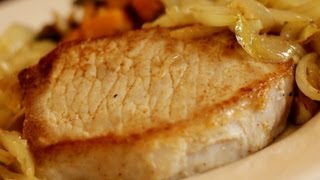
Thanks For Watching Our Recipe Videos!
Thanks for checking out our beet green recipes, and all of our recipes. Be sure and sign up for our mailing list so you’ll never miss a new recipe. Also click a button below and share the dishes with your friends. You can also follow Chef Buck on Youtube. We appreciate all the kind comments and support, and we’ll see you next time in the kitchen!
If you like what CG and I do, you can also support us on Patreon, or throw us a tip in our Paypal Tip Jar. We’ll happily enjoy a coffee on the road – Thanks! We appreciate all the support, and we’ll see you next time in the kitchen!
We include affiliate links for products on our website. So, if you make a purchase after clicking on our links, we may earn a commission which helps us produce more videos and drink more coffee :^) We participate in the Amazon Services LLC Associates Program, which is an affiliate advertising program. It provides a means for us to earn fees by linking to Amazon.com and affiliated sites, so we can make more videos.
